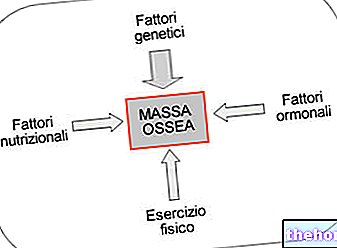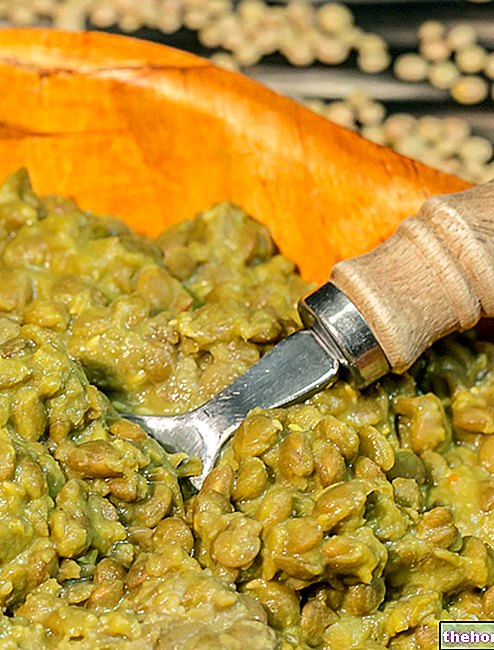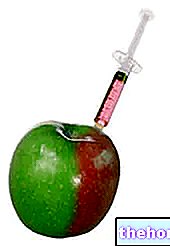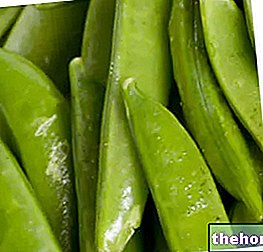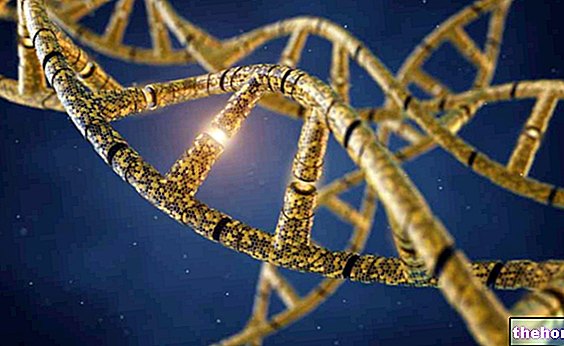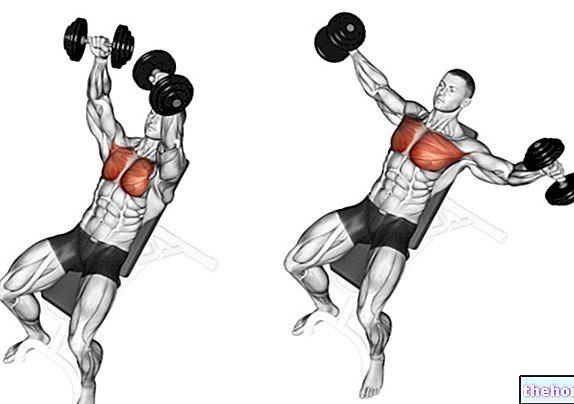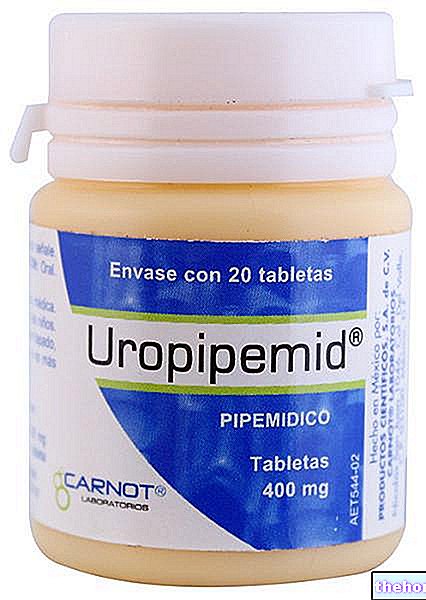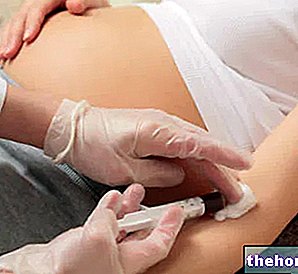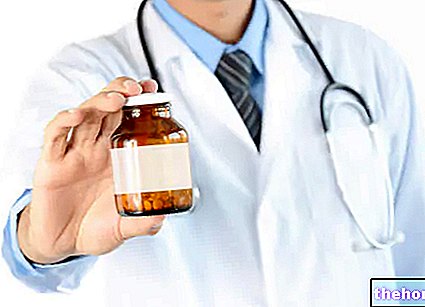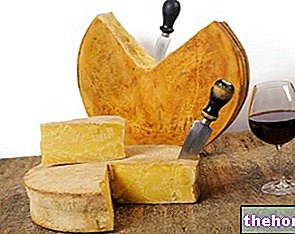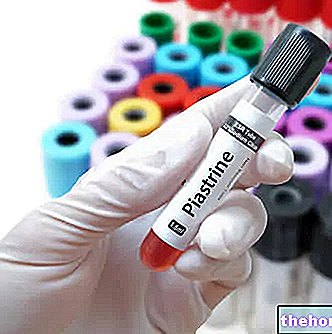«Introduction to glycolysis
2) The second step of glycolysis involves the conversion of glucose 6-phosphate into one of its isomer: fructose 6-phosphate by the action of phosphoglucoisomerase.

3) Subsequently, through the action of an "other kinase (phosphofructokinase), fructose 1,6-bisphosphate is formed: the kinase transfers a phosphoric group from an ATP molecule to the first carbon of fructose 6-phosphate releasing ADP.

4) Fructose 1,6-bisphosphate, by means of the enzyme aldolase it is then split into two parts: the first three carbons of the molecule form dihydroxyacetonephosphate, while the remaining carbons give glyceraldehyde 3-phosphate.

5) Next, an enzyme isomerase, converts dihydroxyacetonephosphate into glyceraldehyde 3-phosphate because only glyceraldehyde 3-phosphate can access the next reaction.

With this process the first phase of glycolysis ends; up to now two molecules of ATP have been consumed (with hexokinase and phosphofructokinase) but, in the second phase, there will be a production of ATP such as to allow an energy gain at the end of the glycolytic pathway.
Before moving on to the second phase it is good to underline that through the diet, other sugars are introduced into the body, in addition to glucose, which are also assimilated; these sugars, to enter glycolysis, must undergo some transformations.
For example, mannose (epimer of glucose on the second carbon) is phosphorylated by the action of "hexokinase, to mannose 6-phosphate; between glucose and mannose there is no structural difference" therefore the enzyme that phosphorylates them is the same. Mannose 6-phosphate, to enter the glycolytic pathway, must be isomerized to glucose 6-phosphate: the enzyme intervenes isomerase.
Fructose can also be introduced into the glycolytic pathway; in erythrocytes (red blood cells), there is an erythrocyte hexokinase (different from that of other cells) which is able, through a mechanism similar to that by which glucose becomes glucose 6-phosphate, to transform fructose into fructose 6-phosphate which it is a component of the glycolytic pathway (it is the product of the second step).
The hepatic fructokinase (of the liver) is able to phosphorylate the first carbon of fructose forming fructose 1-phosphate which, by the action of an aldolase enzyme, is broken down into glyceraldehyde and dihydroxyacetone phosphate which enters directly into the glycolytic pathway, adding to that obtained in the fourth glycolysis reaction; glyceraldehyde, on the other hand, can enter the glycolytic pathway only after the action of a kinase which transforms it into glyceraldehyde 3-phosphate.
In the oxidative phase there is an oxidation of the carbonaceous skeleton which leads to the obtaining of two molecules of ATP for each molecule of glyceraldehyde 3-phosphate (four for each glucose molecule), therefore the net gain of glycolysis is two molecules of ATP (two are lost in the non-oxidative phase).
CONTINUES: second phase of glycolysis "

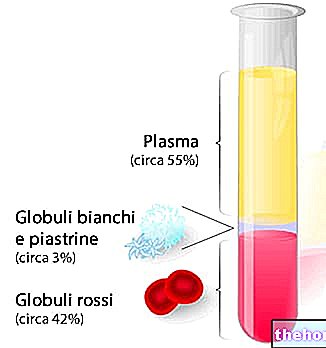

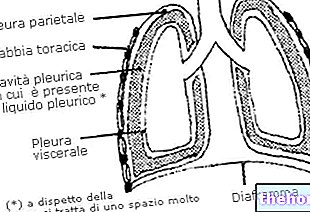
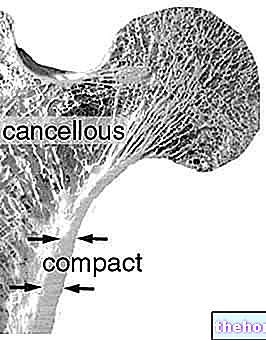
.jpg)
